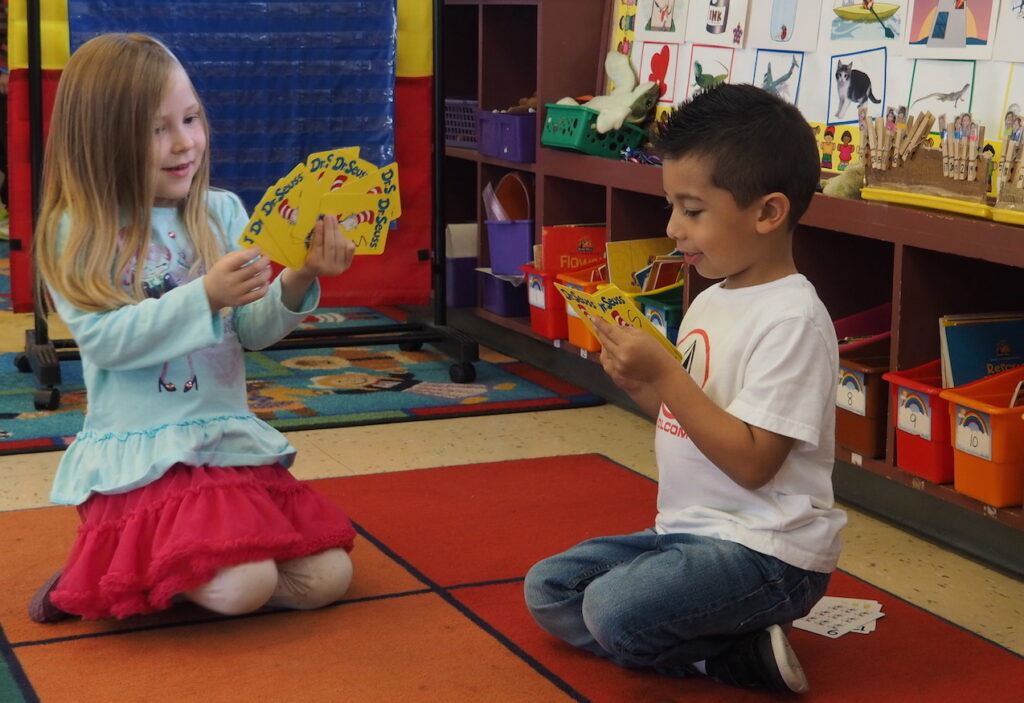
The estimated price: $4 million to roll out the program to all 4-year-olds. Delehanty said if the district enrolled as many 4-year-olds as it does kindergartners each year, about 500, the district would have to add around 25 classrooms and hire twice that number of teachers and aides to meet state-required teacher-student ratios, which are generally smaller than those for older students. The district has eight elementary schools and serves nearly 4,000 students.
Transitional kindergarten professional#
“To add it would mean reducing or eliminating something we are already offering, increasing class size or reducing STEAM (science, technology, engineering, arts and math) offerings for our students or professional learning for our teachers.” “We do not plan to offer it because we are not receiving any funding from the state,” said Chris Delehanty, assistant superintendent of business services for Del Mar Elementary School District. In all, there are about 150 basic aid districts among California’s approximately 1,000 districts, according to data from the California Department of Education.Īt least a dozen basic aid districts have not offered transitional kindergarten in recent years and some of them say they still won’t add the new grade despite the mandate. Some districts don’t offer programsīasic aid districts tend to be smaller districts, mostly coastal or rural with clusters in coastal San Diego County and the Bay Area. Each school year the enrollment window will widen to include more students until 2025-26, when all 4-year-olds will be eligible.

Starting this August, children who turn 5 between Sept. Last year’s decision to expand the program to all 4-year-olds means 500,000 children will be eligible by the end of the rollout. Previously, 4-year-olds could enroll in kindergarten in the fall if they turned 5 by December. It was created when kindergarten was limited to those who turned 5 by September. Transitional kindergarten has been available to 4-year-olds with birthdays between September and December since 2012. “I can see why basic aid districts might make an argument that the state has changed the rules substantially,” said Deborah Stipek, a professor at the Stanford Graduate School of Education. None of that money will go to basic aid districts. Last year, the state committed more than $1 billion in the current budget to begin phasing in the expansion of transitional kindergarten, eventually including all 4-year-olds by 2025-26. But basic aid districts serve areas where local property taxes generate more money than the districts would receive if they took state funding.

Most California districts are funded through a state funding formula allocated on a per-student basis. Reed Union is one of the 15% of districts statewide known as basic aid districts. We are going to embrace it and see it as working toward universal preschool.” “It is fantastic for kids in our community to have an additional year of exceptional learning. “For districts without any additional funding coming in it is a big financial commitment,” said Superintendent Kimberly McGrath. Reed Union hasn’t offered the program in years but is planning to add it in the fall. Reed Union School District in the Bay Area town of Tiburon is one of the districts that won’t be getting state money for transitional kindergarten.


 0 kommentar(er)
0 kommentar(er)
